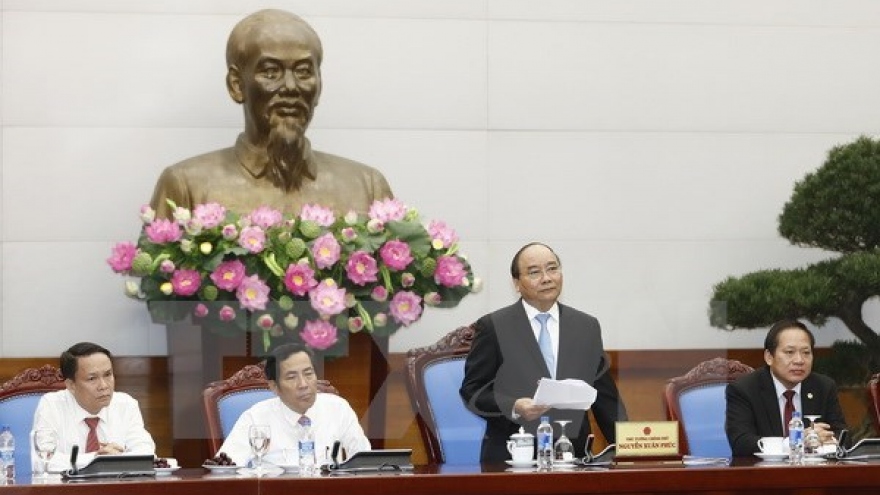More transparent, favorable business climate improves Vietnam' competitiveness
VOV.VN - According to the World Economic Forum (WEF)’s Global Competitiveness Report for the 2017-2018 period, Vietnam ranked 55th out of 137 countries worldwide and 6th in the ASEAN region.
 |
The General Statistics Office says Vietnam saw significant socio-economic growth in the past 9 months. GDP in the third quarter grew 7.46%, a record for the past 10 years. If the current growth continues, economists say the GDP target of 6.7% set for this year is achievable.
Economist Vu Kim Chi said “Vietnam’s economic growth for this year is projected to remain robust thanks to the government resolution 19 on improving the business environment. Closer coordination among provinces and cities is a key to making the business environment more transparent and favorable. This is an important factor in improving Vietnam’s economic competitiveness.”
Vietnam jumped to 55th, up five places from last year and up 20 places from five years ago on the Global Competitiveness Index (GCI).
The report acknowledged Vietnam’s remarkable improvements in technological readiness and labor market efficiency. Trade is another factor propelling Vietnam upward. Vietnam has also benefited from its international economic integration policies.
“Changes in the world are forcing Vietnam to change, promulgate more appropriate policies, develop reform plans, restructure its economy, renovate its growth model, and implement international economic integration more efficiently. They are the prerequisites to keep the economy growing sustainably,” said Nguyen Anh Duong, an economist of the Central Institute for Economic Management.
Vietnam's signing of Free Trade Agreements is extremely important to increasing the competitiveness of its goods. By reducing or eliminating tariffs and non-tariff barriers, Vietnamese goods can more easily penetrate the markets of FTA partners, helping Vietnam to expand its import-export markets and avoid dependence on a single market.
The government has managed its financial and monetary policies flexibly, contributing to stabilizing the monetary market, boosting growth, controlling inflation, reducing lending interest rates, and speeding up the disbursement of public investment.
The government is also stimulating domestic demand, increasing the competitiveness of domestic goods, maintaining the growth of manufacturing, and boosting trade promotion and export growth.


